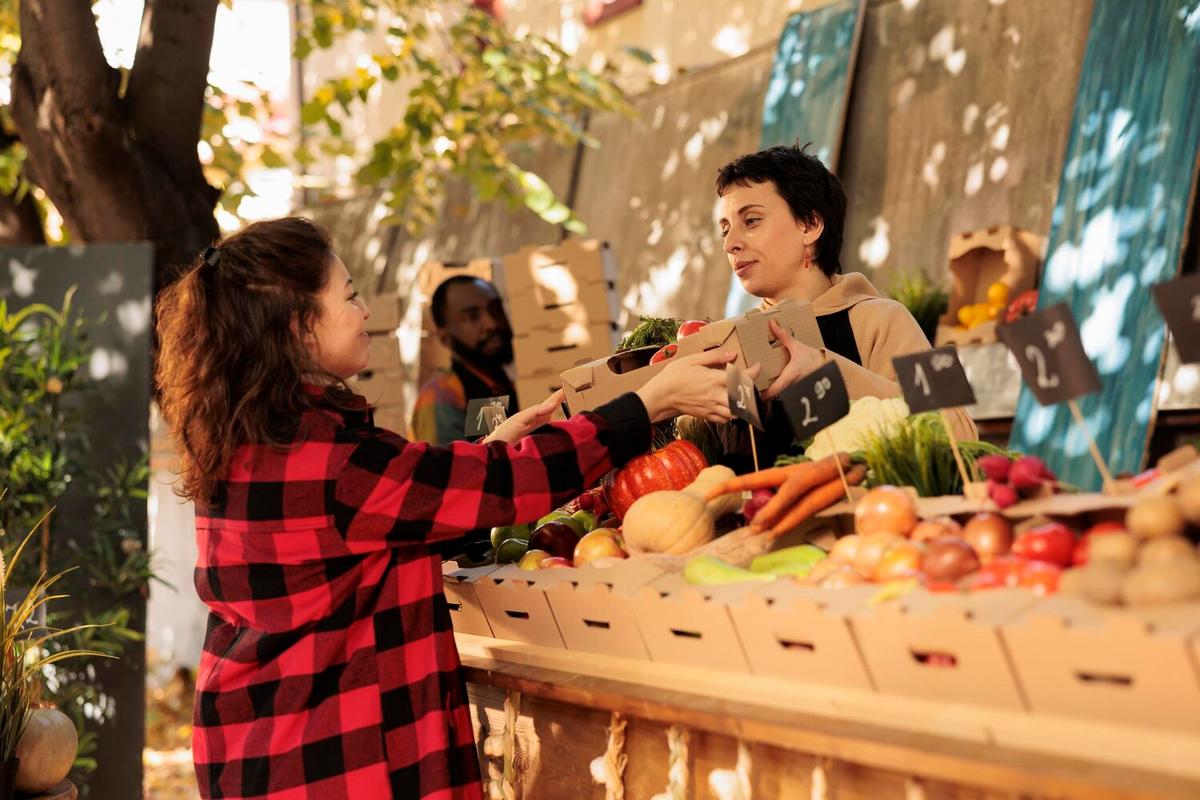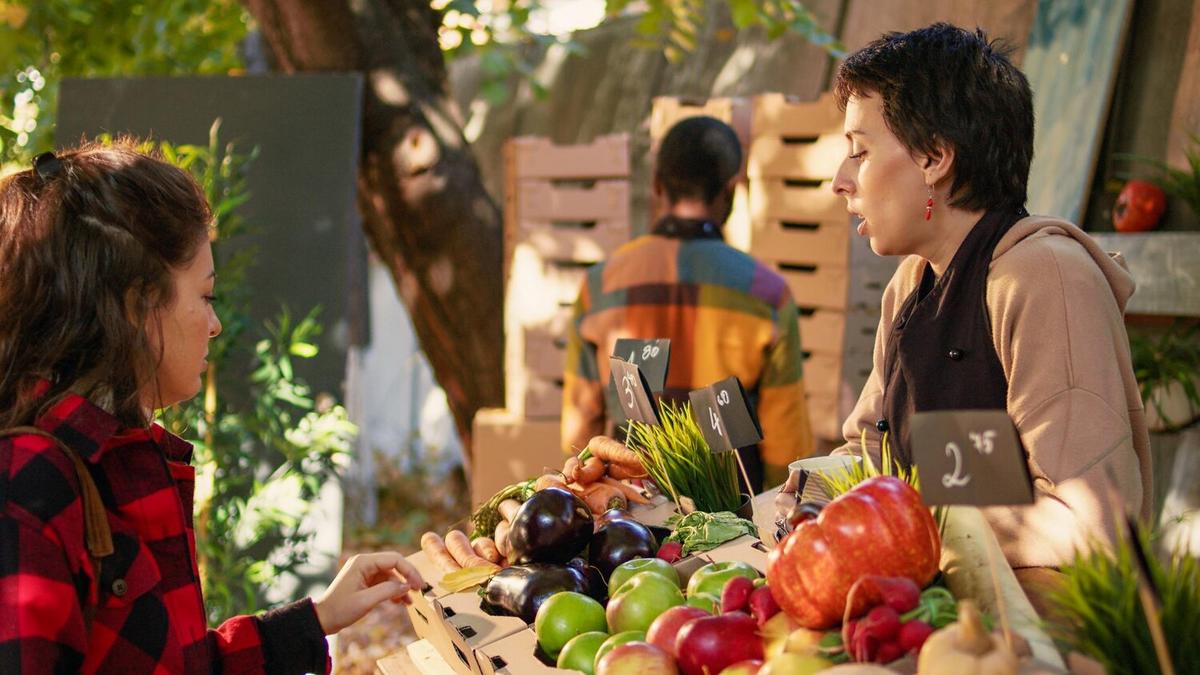
The Importance of Eating Seasonally and Locally
Imagine strolling through a local farmer’s market, vibrant colors catching your eye and the fresh scents of produce wafting through the air. Eating seasonally and locally not only connects us with our food but also supports sustainable practices that benefit our health, community, and environment.
Embracing the concept of eating seasonally and locally is more than just a trend; it’s a lifestyle choice with profound benefits. This practice encourages us to consume foods that are harvested at their peak, ensuring optimal flavor and nutrition. According to renowned chef and food activist Alice Waters, eating seasonally allows us to align our diets with nature’s rhythms, offering a deeper connection to the earth.
Benefits of Eating Seasonally and Locally
When we choose local and seasonal foods, we’re not just eating fresh; we’re supporting eco-friendly practices. Research from the Food and Agriculture Organization highlights that local food systems significantly reduce carbon emissions associated with long-distance transportation.
Economic and Community Benefits
Purchasing locally-sourced foods bolsters the local economy. Farmers markets and local grocery stores thrive, keeping money within the community and creating jobs. Moreover, these markets foster community spirit, offering a space for neighbors to connect over shared values.
“Supporting local agriculture is a way to invest in your community, ensuring its growth and sustainability.” – Alice Waters
Personal Anecdote: A Journey to Seasonal Eating
For Emily, a home cook in Oregon, transitioning to a seasonal diet was eye-opening. She found that each season introduced her to new flavors and cooking techniques, enriching her culinary skills and appreciation for local produce.
How to Start Eating Seasonally and Locally
- Visit local farmers markets: Engage with farmers to learn about peak produce and sustainable farming practices.
- Join a Community Supported Agriculture (CSA) program: Receive a weekly box of fresh, local produce.
- Plan meals around seasonal foods: Use seasonal produce guides to plan your meals.
For more ideas, check out Sustainable Table for seasonal recipes and tips.
| Season | Fruits | Vegetables |
|---|---|---|
| Spring | Strawberries, Apricots | Asparagus, Peas |
| Summer | Watermelon, Peaches | Tomatoes, Zucchini |
| Fall | Apples, Pears | Pumpkins, Sweet Potatoes |
| Winter | Oranges, Kiwis | Brussels Sprouts, Kale |
Consider preserving seasonal produce by canning or freezing to enjoy the flavors year-round.
Conclusion
By choosing to eat seasonally and locally, we make a commitment to better health, a stronger community, and a more sustainable planet. Start small, perhaps with a visit to your local market this weekend, and savor the journey towards a more connected and conscious lifestyle.
FAQs
What is seasonal eating?
Seasonal eating involves consuming foods that are harvested at their peak in terms of both flavor and nutrition.
How does eating locally help the environment?
Eating locally reduces the carbon footprint associated with transporting food over long distances and supports sustainable farming practices.
Where can I find information on what’s in season?
Local farmers markets and online resources like the Seasonal Food Guide provide information on what produce is currently in season.


